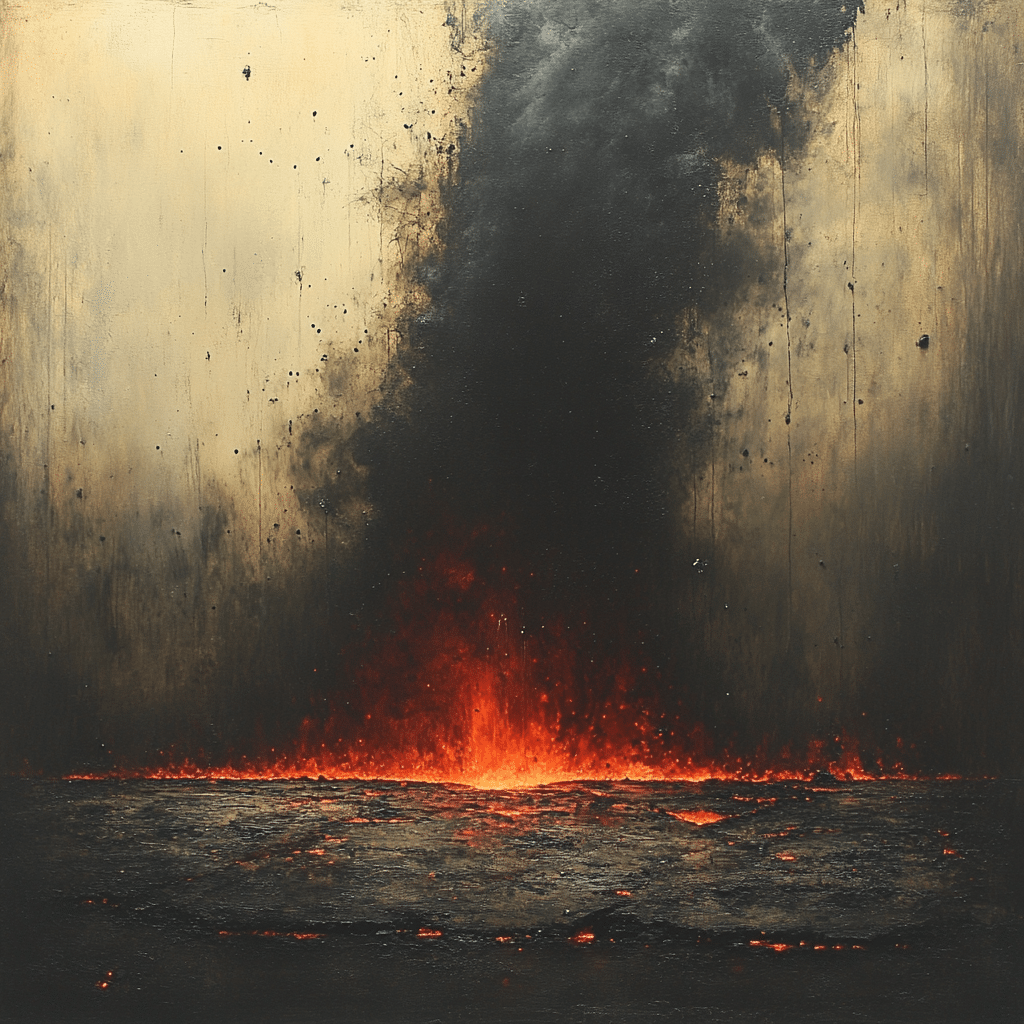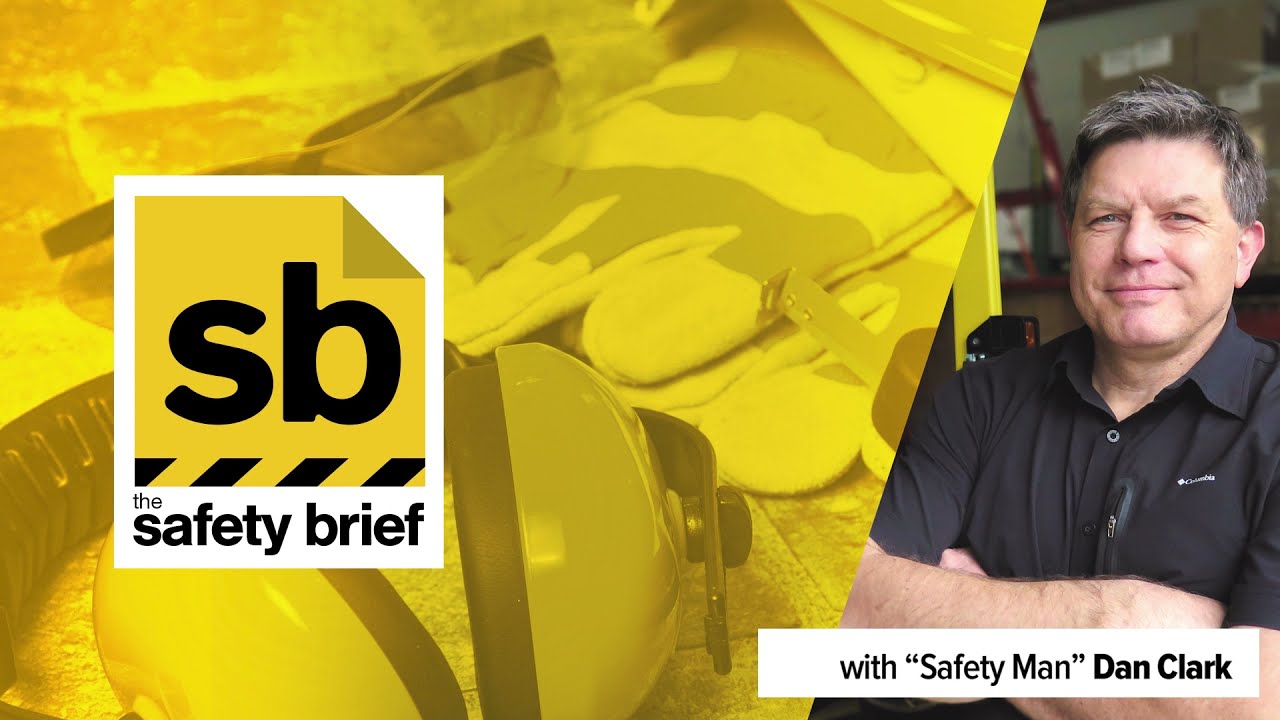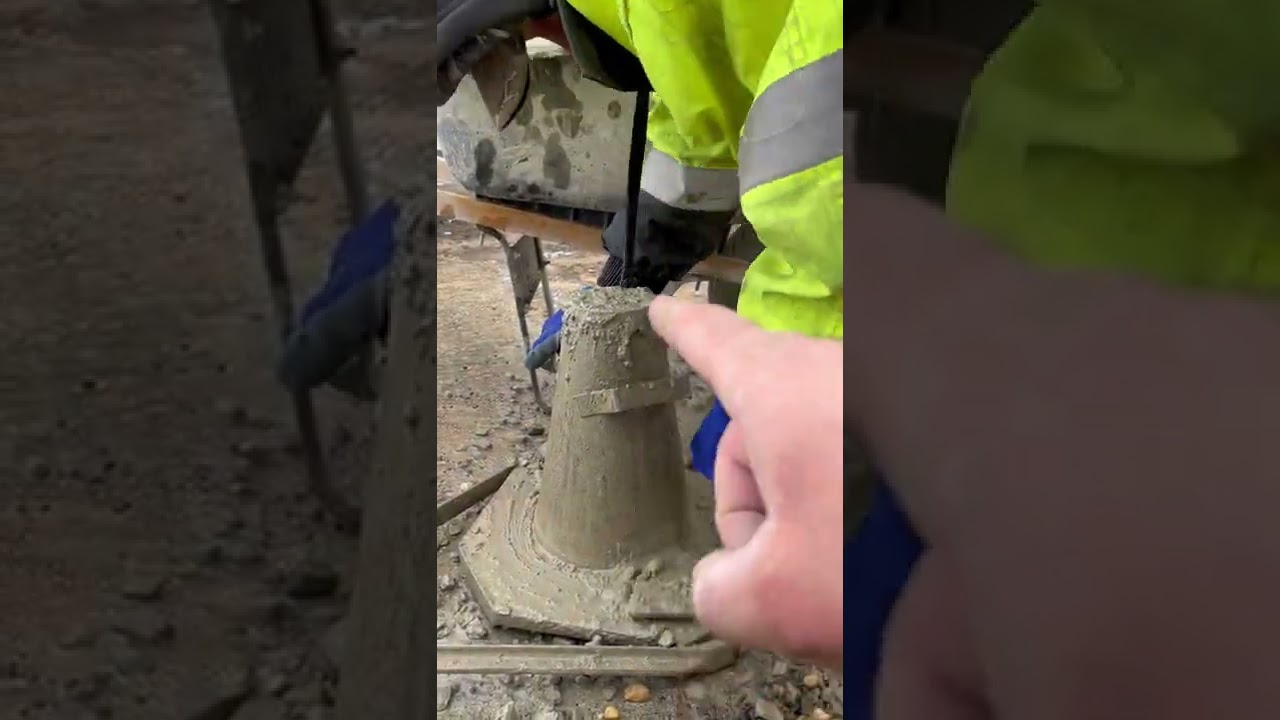
Concrete Burn Affects Skin Deeply And Can Cause Amputation
Concrete burn might sound like one of those terms you hear on a construction site, but it holds serious implications for workers and anyone who comes into contact with wet concrete. Unfortunately, with the booming construction industry in the U.S. and beyond, the number of individuals suffering from concrete burns is increasing. These are more than just minor injuries; they can lead to severe skin damage, chronic pain, and even amputation. Let’s take a deeper dive into what concrete burn is and how it can affect delicate skin conditions.
Understanding Concrete Burn: The Hidden Dangers and Long-Term Effects
When we think of construction sites, images of towering structures and bustling laborers come to mind. Yet lurking behind the glamour of construction projects is a hidden danger: concrete burn. This serious injury arises from direct contact with wet concrete, containing harsh chemicals that result in chemical and thermal burns. The severity can escalate quickly, leading to chronic trauma, skin grafts, and in extreme cases, disability.
What sets concrete burn apart from other injuries is its initial disguise. A person might think they’ve simply touched something slightly irritating, only to find themselves in pain days later, as the chemical effects begin to manifest. In fact, the true consequences of concrete exposure can worsen over time, making education and prevention essential in protecting vulnerable skin.

1. Chemical Composition:
Wet concrete is caustic, primarily because of its high levels of alkalinity due to calcium hydroxide. When it makes contact with the skin, it can lead to intense alkali burns that aren’t just superficial. Unlike standard thermal burns that show immediate damage, concrete burn symptoms can gradually intensify, causing deeper tissue injuries if not treated rapidly.
2. Severity and Symptoms:
The symptoms of concrete burn are often deceptively similar to those of chemical burns — redness, blistering, and significant pain. But don’t be fooled. If the concrete lingers on the skin, it can morph into severe tissue injury. Victims may find themselves battling painful ulcerations or even reports of skin deteriorating down to the bone, showcasing just how profoundly damaging concrete can be.
3. Risk in the Workplace:
According to the Occupational Safety and Health Administration (OSHA), about 6,000 construction workers are treated for chemical burns every year. It’s alarming, to say the least. With such a staggering number, the industry has an incredible responsibility to enforce proper safety measures. Just like watching your step on a slippery floor, avoiding concrete exposure is crucial for safety on job sites.
Top 7 Striking Facts About Concrete Burn and Its Impact on Delicate Skin Conditions
4. Treatment and Recovery:
If you suspect concrete burn, the first step is to wash the afflicted area with water to eliminate any leftover concrete. Many overlook this step, which can lead to further damage. For mild burns, healing may occur within a week, but moderate conditions could take several weeks with appropriate care. However, severe cases, where deep tissue damage has occurred, may require skin grafts or substantial medical intervention.
5. Psychological Impact:
Picture waking up every day with the pain of a severe injury. Besides the physical agony, those affected often feel a heavy psychological burden. Grief quotes resonate with these emotions, and one that stands out is, “The greatest griefs are those we cause ourselves.” Victims of concrete burn frequently navigate feelings of loss, grief over their former physical capabilities, and anxiety about their future. The road to recovery isn’t just about healing the body; it’s a holistic journey involving emotional support.
6. Long-Term Consequences:
Many who experience concrete burns face long-lasting repercussions such as chronic pain, skin discoloration, and permanent scars. Studies indicate that these physical marks can have psychological effects, leading to body image issues and a diminished quality of life. This stark reality emphasizes the need for effective protective measures in high-risk environments where concrete exposure is possible.
7. Safety Solutions and Protocols:
Some companies like Skanska and Turner Construction are stepping up their game by initiating comprehensive training programs focused on concrete handling safety. These programs highlight the need for personal protective equipment (PPE) to reduce risks and protect workers’ sensitive skin from hazardous materials. Implementing these measures not only safeguards employees but fosters a culture of safety that echoes through the work environment.

Future Outlook: Awareness and Prevention
As we move deeper into 2024, a focus on raising awareness about the dangers of concrete burns must be a priority. Educational campaigns tailored to both workers and employers can significantly mitigate the number of injuries. Companies must adopt better safety protocols while also nurturing an open dialogue about the psychological support for victims. This holistic approach can improve coping strategies, linking physical recovery with emotional healing.
The construction industry stands at a crossroads. It’s more than ensuring employees wear hard hats and work boots; the focus must shift to the overall well-being of workers. By acknowledging the potential hazards of concrete exposure and implementing stringent safety protocols, the industry can set a new standard. As we forge ahead, continuous training and a dedication to safety can protect delicate skin while preserving lives, ultimately creating a healthier work environment for everyone involved.
Concrete burn is undeniably a serious issue, and understanding its implications is vital for safeguarding workers. By encouraging proactive measures, we can help prevent injuries and foster a healthier industry that respects the wellbeing of every individual. As the film “Catch Me If You Can” demonstrates the art of trickery, let’s not allow the trick of underestimating concrete burn to catch anyone off guard. For those fascinated by the intertwining of health and industry practices, let’s keep the conversation going. The stakes in construction health just became more apparent.
Concrete Burn: Fun Trivia and Interesting Facts
What Exactly Is Concrete Burn?
Concrete burn, often overlooked, can lead to serious injuries, especially for those working with concrete. It’s caused by the alkali substances in wet concrete, which can severely irritate the skin. Did you know that the danger isn’t just external? Prolonged exposure can result in deep tissue damage, sometimes requiring medical interventions as drastic as amputation. While we joke about cooking up a storm at the legendary Musso And Frank grill, let’s not forget that what might seem like a casual day of work can turn into a painful mishap if proper safety measures aren’t taken.
The Surprising History Behind Concrete Burn
You might think this kind of injury is a recent phenomenon, but people have been dealing with it for decades. Interestingly, it’s not just construction workers at risk; it can happen to anyone who comes into contact with wet concrete. Even on film sets—like those involving scenes in “Catch Me If You Can”—crew members must handle materials carefully. The exposure may lead right to a burn that could detract from a day of filming, turning what was supposed to be an exhilarating experience into one that needs careful management.
How to Spot and Prevent Concrete Burns
So, how can you best prevent concrete burn? A little knowledge goes a long way! Wearing long sleeves and protective gloves is crucial, especially in areas like Great Shelford, where projects can pop up rapidly all around. And if you’re thinking about engaging in DIY projects, keep in mind that even a casual weekend warrior can be at risk. Avi Love might be great at taking center stage, but on-site safety should always take precedence. Don’t take chances; a few simple precautions could save you from a world of hurt.

How serious is concrete burn?
Concrete burns can be quite serious, potentially leading to second or third-degree burns after short exposure. They can cause severe skin damage, scarring, disability, and in extreme cases, may even require amputation.
How long does it take for cement burns to heal?
Minor cement burns usually heal in about a week or two with good care, while moderate burns can take several weeks. Severe burns, especially those leading to deep tissue damage, may take months to fully heal.
What are the stages of concrete burn?
Concrete burns progress through stages, starting with redness or irritation, which can turn into blisters, skin discoloration, and extreme pain, eventually leading to ulcerations if untreated.
What are signs of concrete poisoning?
Signs of concrete poisoning may include drooling, swallowing difficulties, vomiting, and if inhaled, coughing, wheezing, or even trouble breathing. Always seek help if these symptoms occur.
How to treat concrete burns at home?
For mild concrete burns at home, gently clean the area with soap and water, apply an antibiotic ointment, and cover it with a non-stick bandage.
What degree is a concrete burn?
Concrete burns can range from first to third degree, depending on the severity of the damage, with third-degree burns being the most severe and harmful.
Should I bandage a concrete burn?
It’s usually a good idea to bandage a concrete burn to protect the area from further irritation and contamination. Just make sure it’s clean and breathable.
Can you put aloe vera on a cement burn?
Aloe vera can be soothing for minor burns, but it’s best to check with a healthcare provider before using it on a concrete burn to ensure it’s appropriate for the situation.
Is Vaseline good for chemical burns?
Vaseline can provide a protective barrier for minor chemical burns, helping to keep moisture in and prevent infection, but it’s wise to consult a doctor for more severe burns.
How hot does concrete burn?
Concrete itself doesn’t burn like fire, but it can cause severe skin irritation and burns due to its caustic nature, especially when wet.
What does a chemical burn look like?
A chemical burn from cement can start as redness before developing blisters, potential discoloration to a blue or purple hue, and extreme pain at the site as it progresses.
Am I allergic to cement?
It’s rare to be allergic to cement itself, but some people do experience irritation or contact dermatitis from prolonged exposure, so it’s important to take precautions.
Are concrete burns serious?
Concrete burns can be serious if not treated promptly, leading to severe complications and long-lasting effects on the skin and underlying tissues.
What is the antidote for cement?
There’s no specific antidote for cement burns, but immediate and proper treatment is crucial to minimize damage and promote healing.
What disease can concrete give you?
Working with concrete can expose you to diseases like silicosis from dust inhalation or various skin conditions due to prolonged contact, so protective measures are key.
When should you seek medical attention for concrete burn?
If you experience significant symptoms from a concrete burn, like deep tissue damage, severe pain, or signs of infection, seek medical attention immediately.
What happens if you have a fire on concrete?
If you have a fire on concrete, it’s generally safer since concrete doesn’t burn, but make sure to handle any flammable materials nearby carefully.
What to do if you get concrete in your eye?
In the case of concrete getting in your eye, rinse thoroughly with water or saline for at least 15 minutes and seek medical help right away to prevent serious damage.
What to do after inhaling concrete dust?
After inhaling concrete dust, it’s important to move to fresh air immediately and seek medical assistance if you’re experiencing any breathing difficulties or persistent coughing.












